|
Once upon a time, Honeymoon Island was known as Hog Island and was owned by a pig farmer. Then a hurricane flooded the land and cut the channel known as Hurricane Pass. The former southern half of the island was renamed Caladesi and the former northern half was developed as a getaway for newlyweds. Honeymoon Island was born. It later became a state park. It is accessed by causeway. The north of Honeymoon Island is split, forming Pelican Cove between the east and west arms. I first explored the eastern arm, which faces the mainland. I saw several nests in the trees. Ospreys and vultures were all over the place. There were even bald eagles. From October until May that section of the trail is closed so as not to disturb them. I also saw a moth sitting in a bush. It had an iridescent, hairy back that reminded me of a hummingbird. Returning to the playground parking lot to eat, I saw a tortoise. So did the playground kids. They got enormous pleasure from watching it eat the grass, and I watched them watch it. When I finished, I headed for the west side of the island and walked north along the beach.
I could not find a high tide line and judging by the shells and seaweed strewn everywhere, I suspect that the entire western arm is submerged on a daily basis. The sand was moist and large gulleys led into Pelican cove from among the mangroves. I planned on hiking to the northern tip and back, but I found much to distract me and eventually ran out of sunlight. There was a path part of the way between two groves of trees and numerous doorways cut into them leading to some stunningly beautiful places... Separated from Honeymoon Island by a monster hurricane in the 1920s, Caladesi is reachable only by boat. I took the ferry over from Honeymoon State Park. Posts mark out a safe pass through the shoals and birds of all kinds sat on these and watched me pass sometimes as close as thirty feet away. After we docked, I ran off into the woods to explore the trails.
An often overlooked treasure in any community is the collective knowledge, wisdom, and experience of our elders. Having lived through so many great cultural and technological changes gives them additional perspective on things that younger generations lack. Learning about the past can broaden our understanding of the present, allowing us to better appreciate the progress we have made – or to keep us humble over what we might have lost. They keep history alive. What was school like? Transportation? Home life? Presidential campaigns? Having grown up in such a different world makes them the equivalent of immigrants from another country. Why visit Europe or Africa when you haven’t even visited past America? I like stories of adventure. Not everyone has had an especially adventurous life, but since life itself is an adventure, everyone has a story of some kind. The longer the life, the more stories there are. What stories of bravery, cowardice, genius, and stupidity can our elders tell? I recently interviewed Robert Stoessner on his hundredth birthday in Dunedin to find out what stories he had to tell. It seems he has fought with the weather his whole life. During the Second World War, Stoessner was in the Tenth Mountain Division. He trained in Texas, which was “hotter than a son of a gun,” and in Colorado, which was “colder than hell.” Eventually, he was sent to Italy and the Axis powers surrendered soon after, but not before sixty men developed frostbite. The Tenth is known for moments great and not-so-great. They were pivotal in ousting the Germans from the Alps after scaling Riva Ridge in the middle of winter – at night – to make a surprise attack from a direction the Germans didn’t even patrol because they deemed it unclimbable. It was a great moment. They were also the ones who lost more men to friendly fire than they did to the Japanese while in the Aleutian Islands. It happens. After returning to the United States Stoessner lived in Ohio. He was married for seventy years, raised three sons, and worked in Ford’s foundry until finally escaping the “terrible weather” of Cleveland by moving to Florida in 1977. I asked him what the best thing was about Florida. “It’s warm,” he said. Stoessner now lives in Rosewood House managed by Angels Senior Living, which strives to keep the retirement years fun – and at just the right temperature. Most of us know someone over seventy. What can they tell you? Written by Daniel Noe, InkDoodler.com
My favorite thing about Hammock Park is the covered platform I can watch the boardwalk from. There are also several trails, a small playground, a butterfly garden, restrooms, and disk golf available. The day I went to the park the butterfly garden was still flooded from the recent storm so I can’t say much about that, though I did see a couple butterflies elsewhere in the park. From the boardwalk itself one can look down and see fiddler crabs and turtles. The playground features a pyramid of ropes that shifts around as you climb it. You haven’t lived until you’ve climbed something that moves as much as you do. The gravel fill below it I discovered was strangely bouncy. Upon closer examination I determined it was made of little bits of rubber tires. I suppose it makes for a softer landing when you inevitably fall off the ropes.
It seemed boring at first. When I first arrived, I took the trails around the eastern perimeter of the park. There were benches named after various people. There were numerous puddles and muddy spots that slowed me down. These puddles had tiny tadpoles! The larger puddles had larger tadpoles! This redeemed what was otherwise a boring area. A drier trail was completely blocked by fallen trees. I climbed around and over the first two only to be utterly defeated by the third. The only redeeming feature there was the patch of plants I found with touch-sensitive leaves. The sun was hot and there was less shade than I like. I was starting to think the park might be a dud. I was very wrong. Read More Five Galleries: The Dunedin Fine Art Center boasts five galleries, a gift shop, the Palm Café, and a lounge area in the central lobby complete with art books, couches, and a piano. It is located on Michigan Avenue right near the Dunedin Community Center, Highlander Park, and Hammock Park. There is good parking. By one entrance is the alien machinery pictured above. By the other entrance is a long tile mural built over the course of several years by many children of different ages from different schools in the area. The center is open seven days a week and paid for largely by donations. Thought-Provoking Exhibits: Of course, it’s what’s inside that counts. I caught them on a transition day when only two of the five galleries were open. The Entel Family Gallery hosted an exhibit called Dignity: Tribes In Transition. It was a collection of photographs of indigenous people from around the world, often in a mixture of traditional and modern dress. Pictures of people are interesting because unlike landscapes or abstract sculptures, people have dreams, thoughts, goals, aspirations, and can interact in their environments in complex ways. What were they thinking? I could not tell. There were several plaques on the walls explaining what the project was about. They referenced a UN declaration in the seventies to protect the rights of indigenous people, though I question what else the declaration might have had in it since the four nations to vote against it (New Zealand, Australia, Canada, and the United States) are not exactly known for human-rights abuses (relatively speaking). Another plaque stressed the importance of learning the culture of our ancestors. It suggested that in order to know where we are going, we must know where we come from. I’m not sure I buy that argument. Another plaque suggested that trees feel pain and that Africans have somehow known this all along. The jury is still out on that. The exhibit certainly got me thinking, which I’m guessing was the point. Pretty Pictures: The second exhibit (Harmonic Divergence) featured works inspired by music. There are two paintings that stand out to me now. At first glance, it looked like a swirl of color probably representing music was escaping from a trumpet or horn of some kind. A drum and harp floated nearby. Upon closer examination, I decided it looked more like the horn was escaping from the swirl. Do instruments make music or does the potential for music encourage the invention of instruments? I’m probably thinking too much. The other painting I liked was a borderline impressionistic scene of a man with a guitar-like object and four women in hats. There were large flowers in the background and fruit on the table. The women appeared to have their eyes closed, probably enjoying the music. It was all very colorful. The instrument itself had several regions of different colors on it. There was just enough consistency in the highlighting to discern the direction of illumination. I liked it. 1143 Michigan Boulevard, Dunedin, Florida DFAC.org Written By Daniel Noe, InkDoodler.com
Some parks have playgrounds and some have pools (liquid playgrounds). Highlander Park in Dunedin, Florida has both a pool and a playground. It also has a collection of giant, whimsical water sprinklers. I watched as a yellow trough repeatedly filled with water and turned over, splashing the ground below and restarting the process, creating the potential for a game of timing. Water meanwhile fell in a continuous sheet from a mushroom-like object. I imagine it might be used a special zone in tag safe from the dreaded “it.” It could also serve as a sort of “cops and robbers” jail. So many ideas of how it might be used in play come to mind. Where were these places when I was little? Why have I never seen anything like this before visiting Highlander? I suppose there can only be one. Highlander Park is also home to several ball fields and the office of the Dunedin Nature Center. It is near Hammock Park and the Dunedin Fine Art Center. 1937 Ed Eckert Drive, Dunedin, Florida Website Written by Daniel Noe, InkDoodler.com
|
Hidden TreasuresTown List
All
Archives
December 2019
|
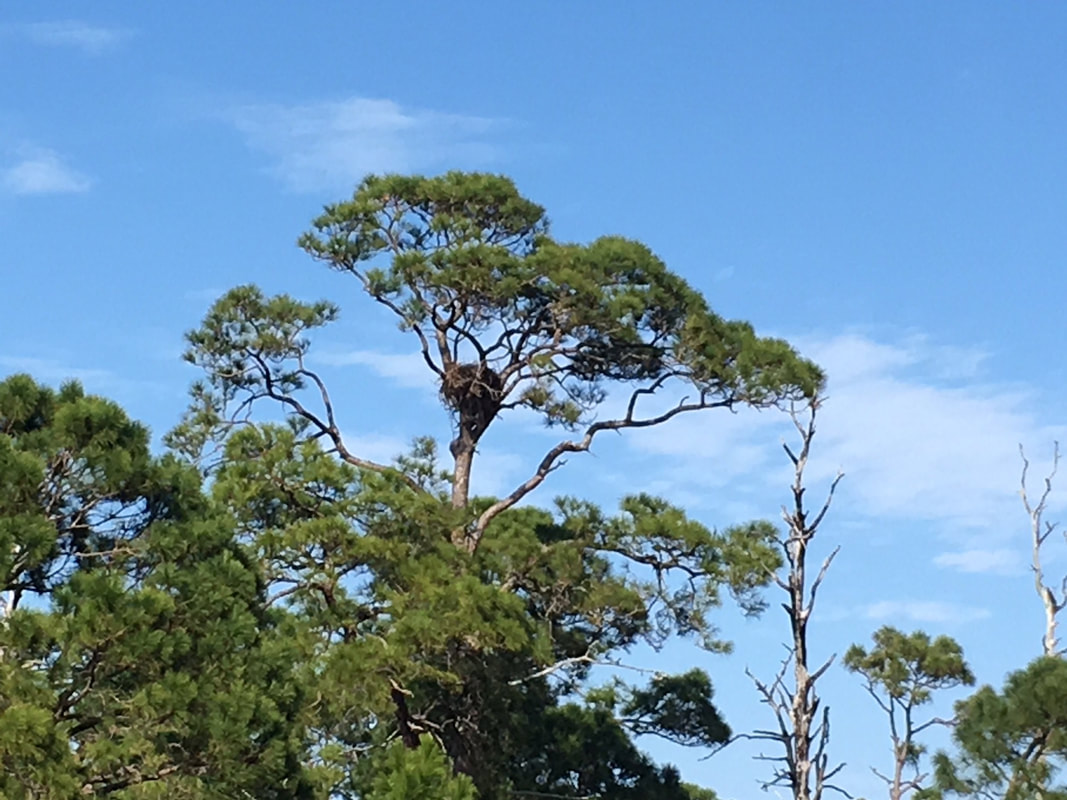
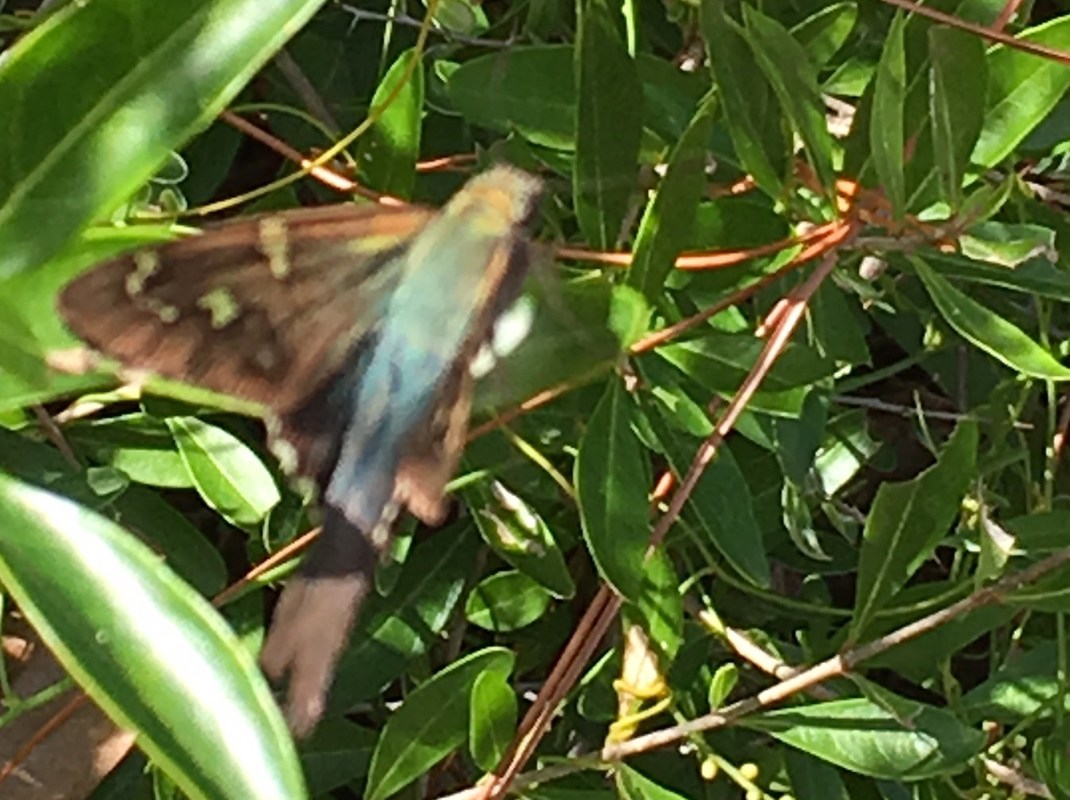
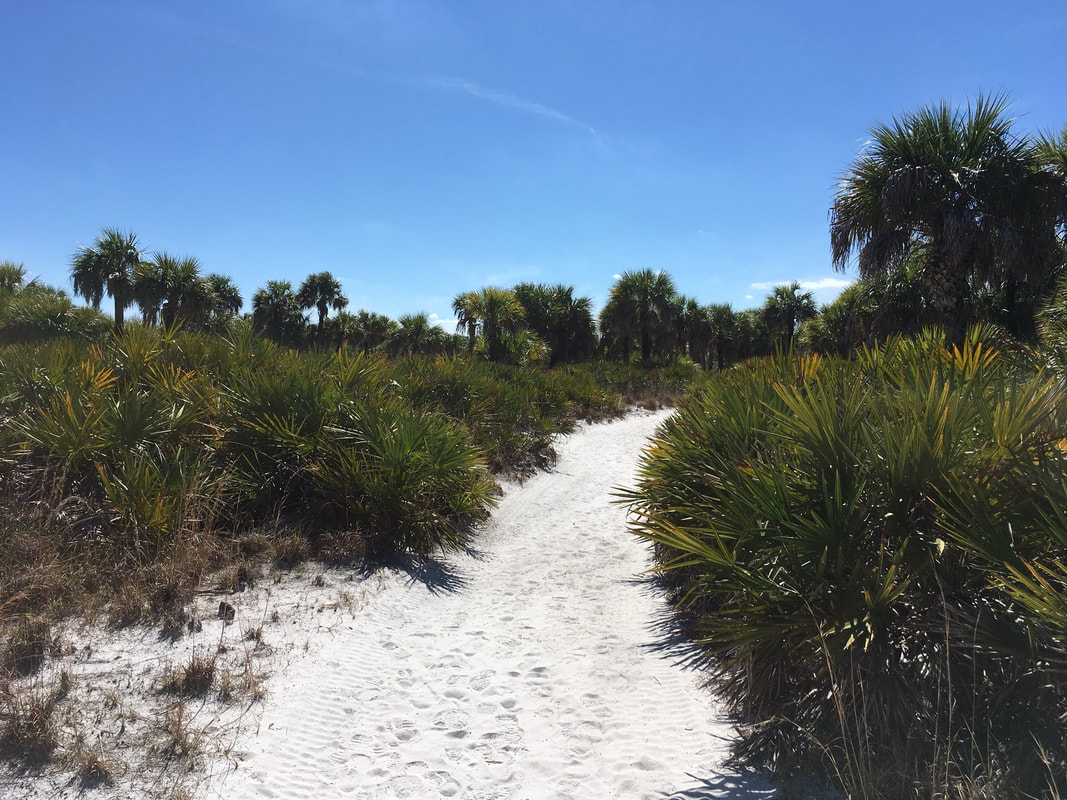

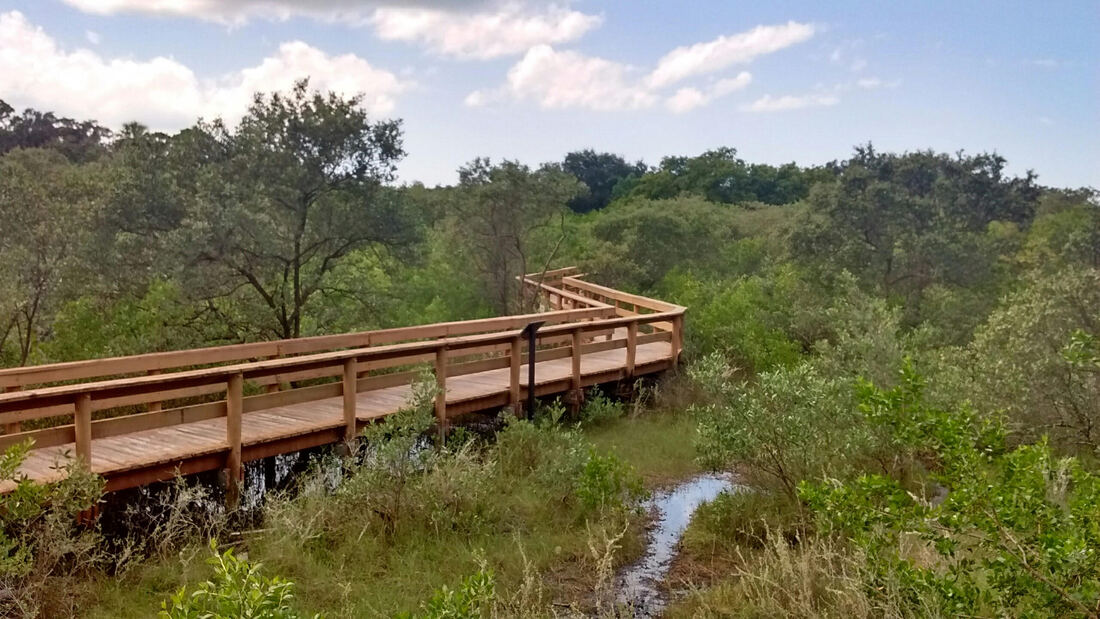
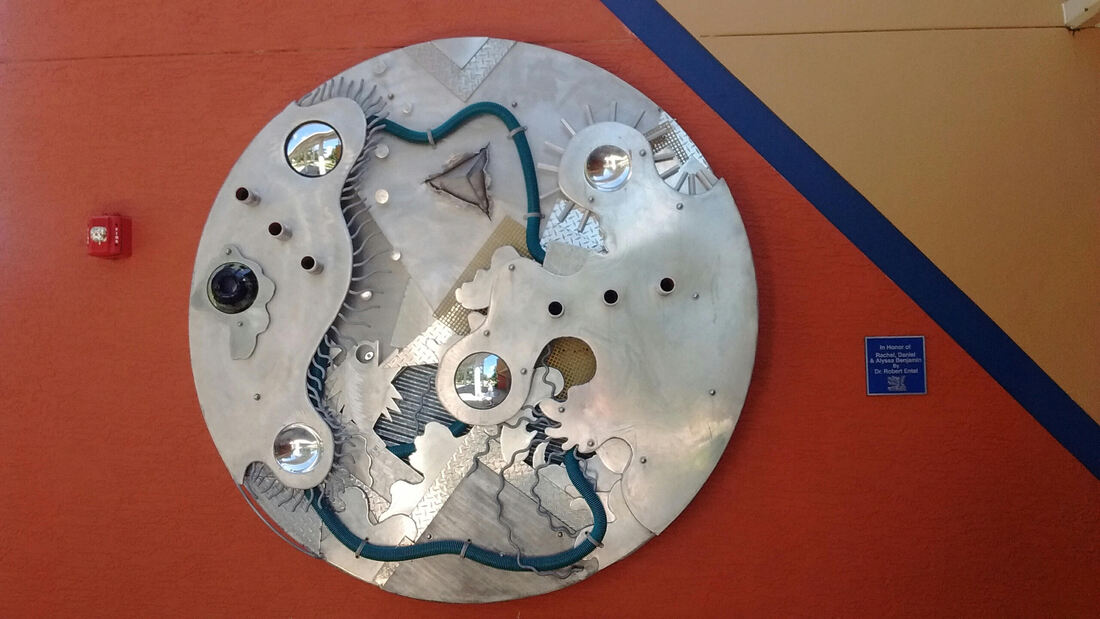
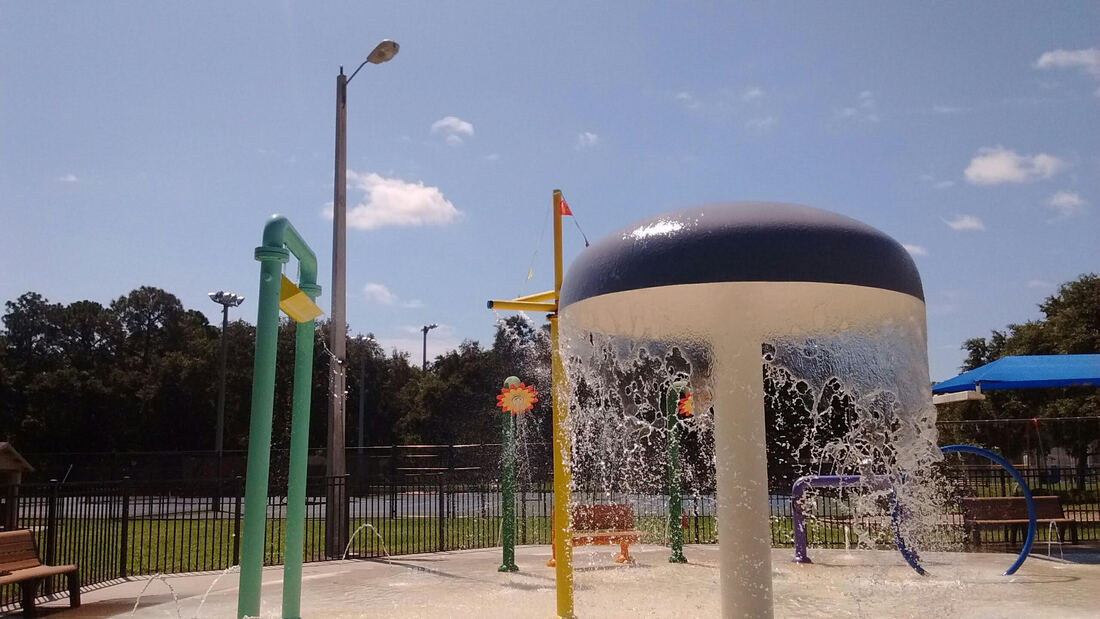
 RSS Feed
RSS Feed